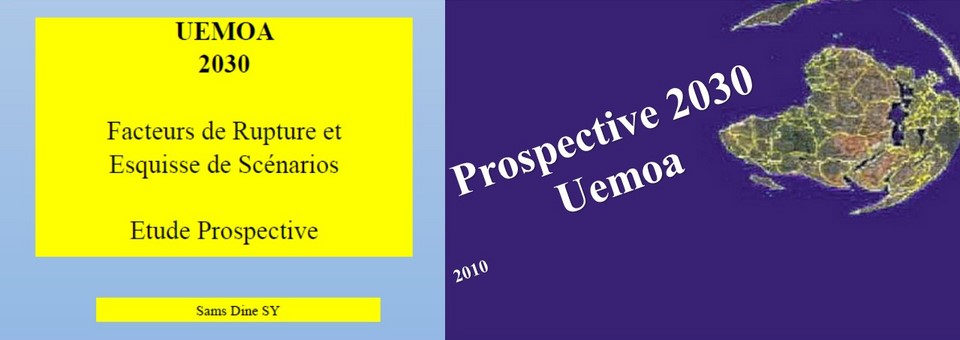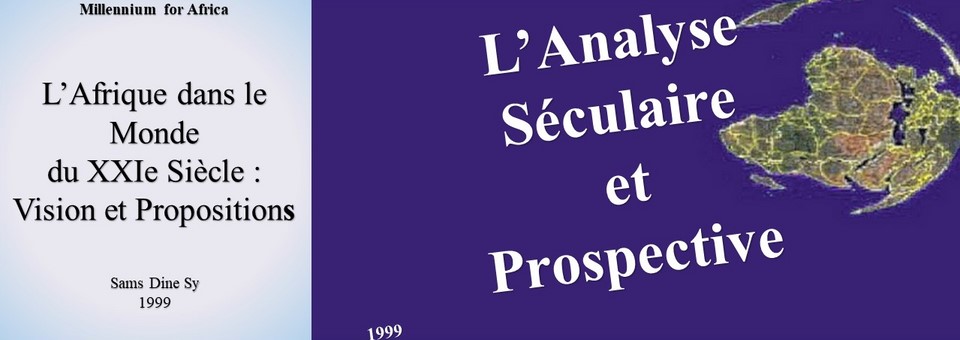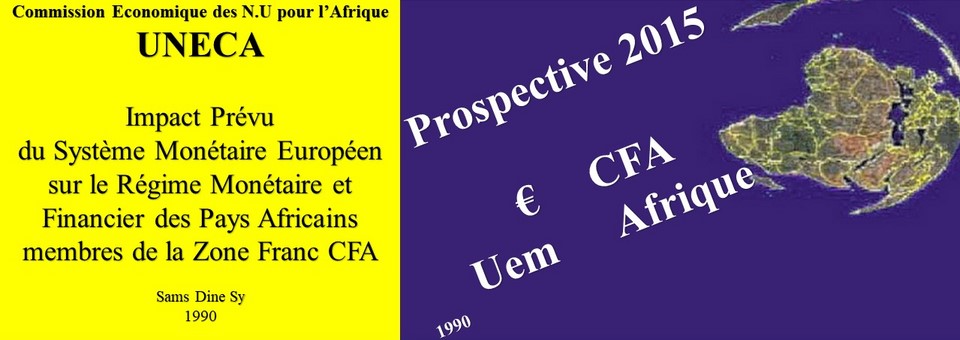Macroeconomic and Monetary Management Capacity
Monetary Capacity
Faced with the many challenges facing the countries of Central and West Africa in designing and implementing quality macroeconomic policies, it seemed imperative for these countries and their partners to fill the skills gap. This observation led BCEAO and BEAC, within the framework of their powers, to initiate the "Capacity Building Project" for the economic and financial administrations of CEMAC and UEMOA through their respective training centres. The initiative includes a "Debt Management" component, housed at BEAC and a "Macroeconomic Management Training" component, housed at BCEAO.
The Macroeconomic Management Training Project aims to contribute to the emergence and strengthening of the human and institutional capacities of economic and financial administrations, as well as those of the two Central Banks. Its objective is to contribute to increasing the efficiency of economic and financial administrations.
The specific objectives were:
- the development of a critical mass of technically and analytically qualified managers in the areas of macroeconomic policy formulation and management;
- optimizing the capacities of COFEB and CFPP ;
- strengthening exchanges between the two training centres;
- the creation of a network of professional executives and decision-makers, with a view to promoting exchanges on issues affecting the region's development.
To achieve these objectives, the project has developed through 3 components :
- a training programme providing for the organisation of basic courses and seminars;
- a training program for trainers from COFEB and CFPP ;
- a capacity building programme for these training centres.
The first phase was implemented over the period 1996-99, with funding of US$3.570 million mobilized from Central Banks, Governments of African member countries in both zones and ACBF. The project trained 507 participants through 17 core courses and a high-level seminar. A group of 14 trainers was also trained. The two training centres were able to have access to computer equipment and increase the quantity and quality of their technical and teaching materials.
The evaluations carried out at the end of this phase highlighted the project's good performance and demonstrated the project's interest in strengthening the capacities of economic and financial administration officials in the CEMAC and UEMOA zones through short-term training courses. However, the impact, although real, was limited by dysfunctions in the implementation of the project, the insufficient organisation of the "training and human resources management function" in the AEF and the rapid evolution of training needs. The main shortcomings concerned the selection of auditors, the lack of overall monitoring of accounting and financial operations and the constraints observed in the training of trainers component, which proved difficult to implement.
Central Banking
I. BACKGROUND
1. The first phase
2. The second phase
II. GUIDELINES FOR THE THIRD PHASE
III. OBJECTIVES
IV. COMPONENTS
1. Training Program
1.1 Basic Courses
1.2 Specialized Courses
1.3 High Level Seminars
1.4 National Training Sessions
1.5 Training Management
2. CFPP and COFEB Capacity Building Program
2.1 Training of trainers
2.2 Cooperation and exchanges between the CFPP and COFEB
3. Governance and Network Activities
3.1 Governance, Administration and Financial Management
3.2 National Antennas Network
V. IMPLEMENTATION
1. Coordination of funding
2. Communication
VI. RESULTS
VII AUDIT - EVALUATION
VIII PERFORMANCE INDICATORS
1. Quantitative indicators
2. Qualitative indicators
3. Logical framework
IX. RISKS AND FACTORS BEYOND OUR CONTROL
X. BUDGET
ANNEXES
Detailed Phase III Budget
Phase II Implementation Report as of December 31, 2004
Synthesis of States' contributions to the reflection on the strategic orientations of Phase III









